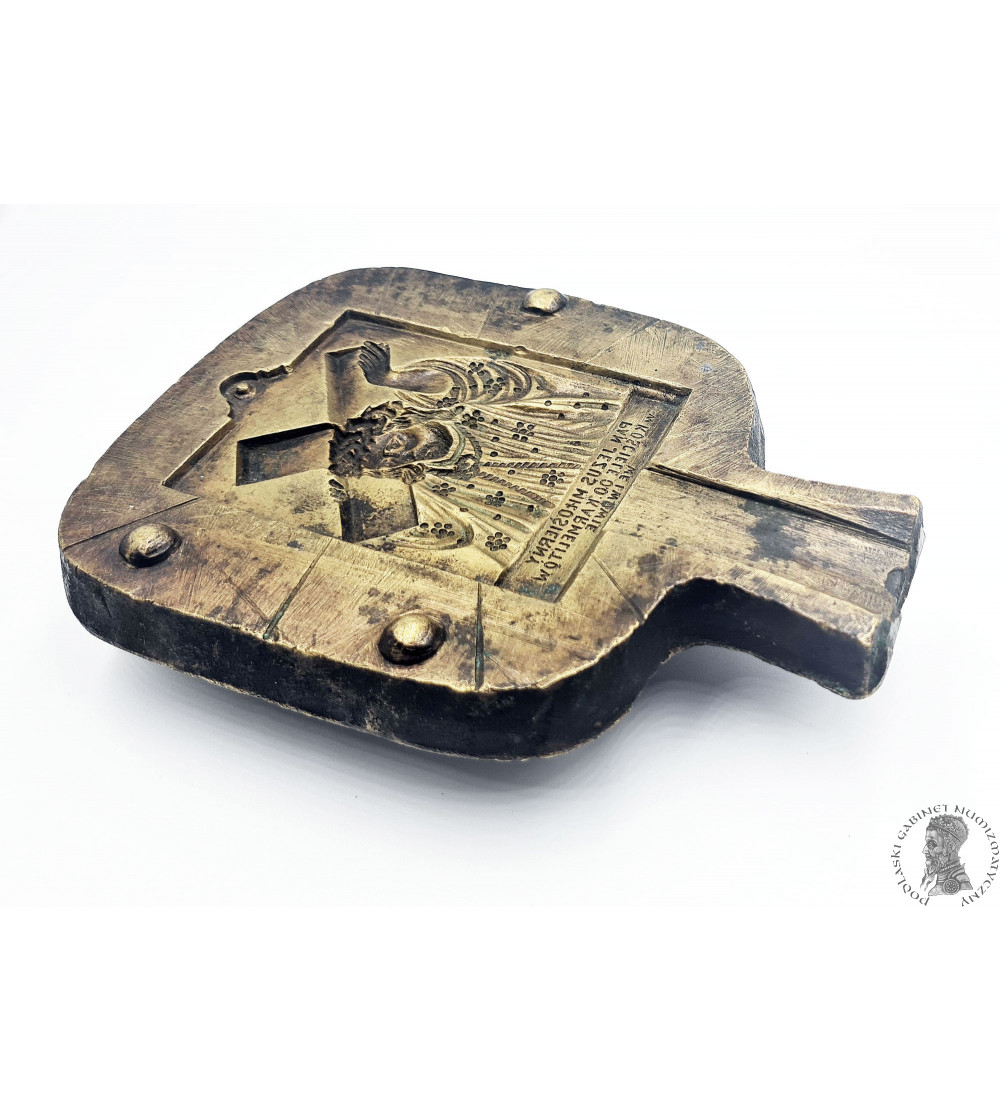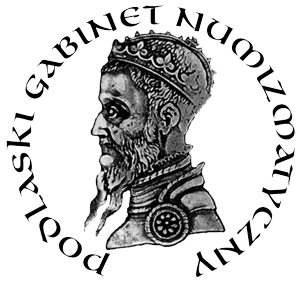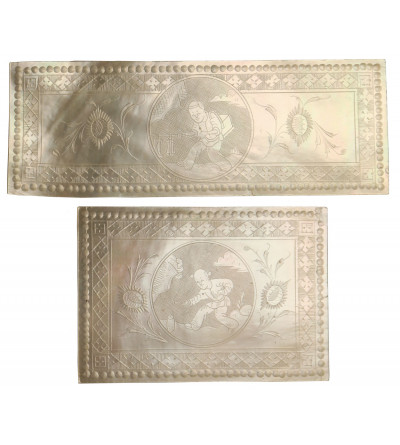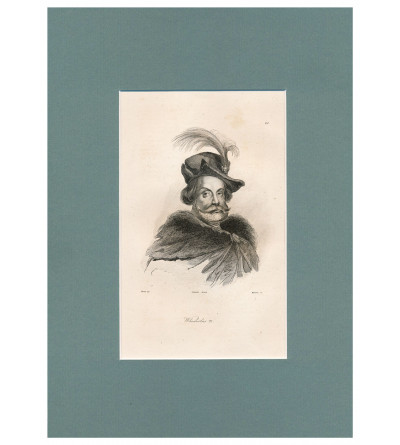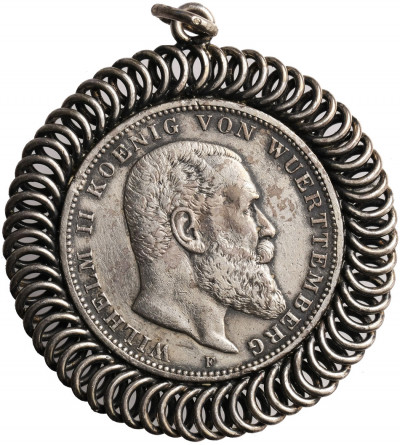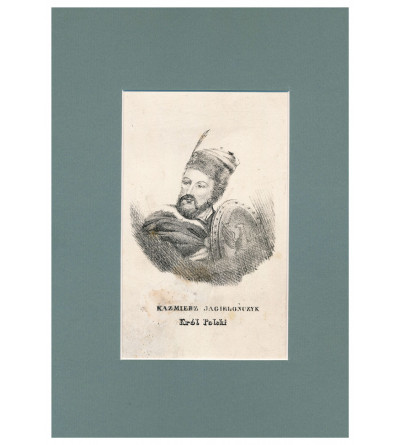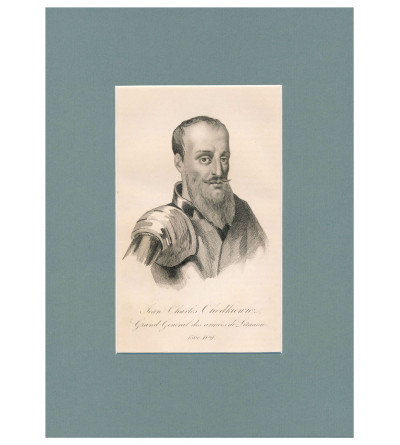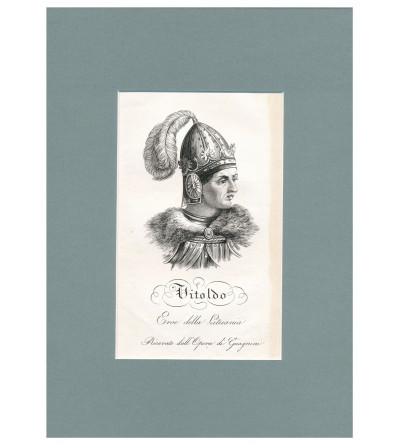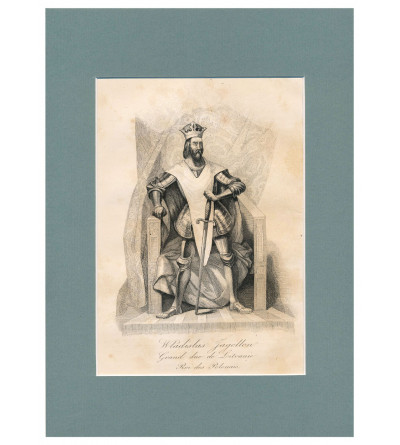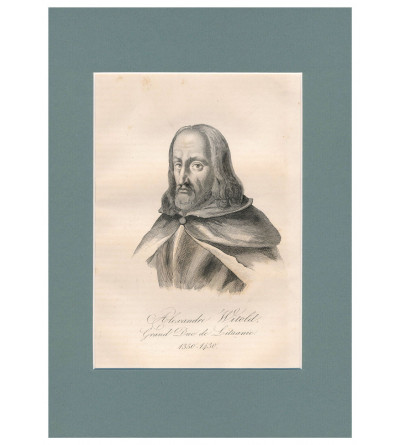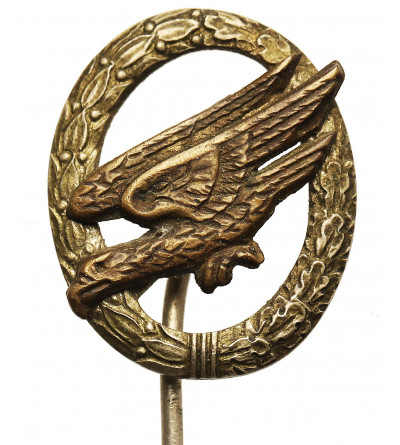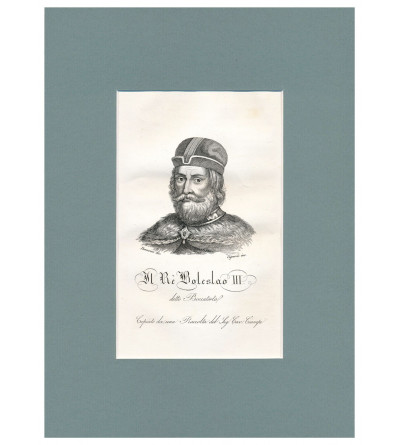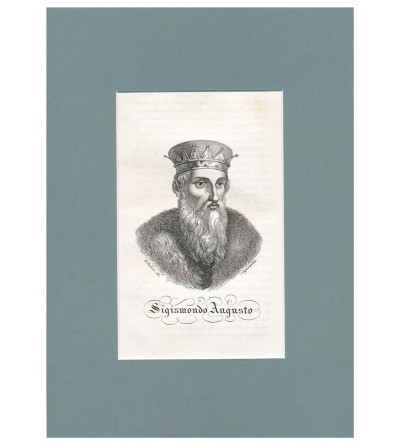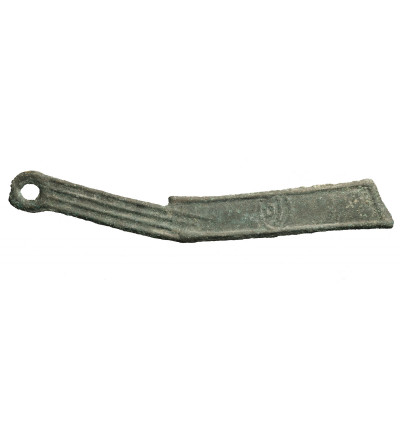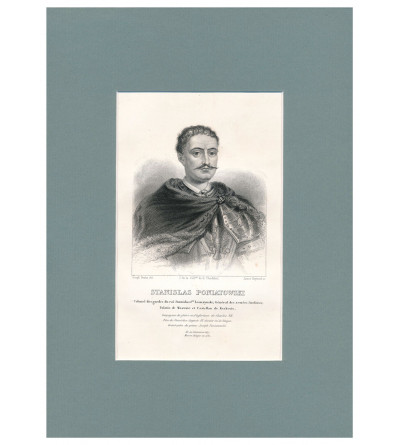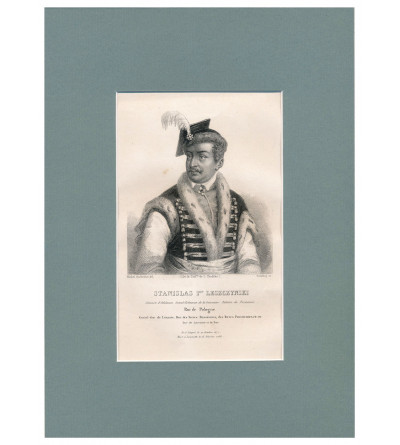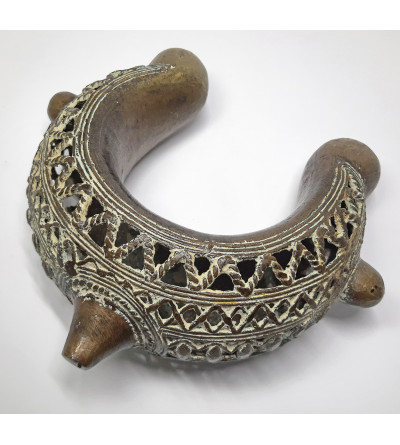Church of the Visitation of the Blessed Virgin Mary in Lviv (now Archangel Michael Church) - a former Roman Catholic Baroque temple in Lviv.
The Carmelite monastery was founded in 1613 by Volyn castellan Jan Lahodovsky.
The Church of the Visitation of the Blessed Virgin Mary was built in the first half of the 17th century on Golushov Hill in Lviv for the Discalced Carmelites. The model for the designer of the temple was the Roman church Il Gesù. The church was built on a single-nave plan, with the nave being surrounded on both sides by strings of connected chapels replacing the side aisles. The chancel was designed in the form of a canopy rising on eight columns.
In 1630, a Catholic confession of faith was made in the Carmelite church by Armenian Bishop Mikolaj Torosovich, thus beginning the union of Polish Armenians with Rome.
Interior of the church
In 1648, the Carmelite monastery complex burned down during the siege of the city by Khmelnitsky. It was soon rebuilt by surrounding it with a wall which gave it a defensive character. Thanks to this - even though it remained outside the city walls - it survived until the Northern War, when in 1704 it was captured by storm and destroyed by the Swedes under the command of Charles XII. Another reconstruction took place in the 1830s, at which time the church's interior was decorated with polychrome.In 1783, as part of the Josephine reforms, the Discalced Carmelites were removed from the church (the monks moved to a monastery in Zagorje), and soon afterwards the Visceral Carmelites, who resided here until World War II, took over. At that time, a tower was added on the north side of the church (1906, arch. Wladyslaw Halicki), and the Baroque helmets of the towers were rebuilt.
In 1925, Lt. Col. Jan Idec, head of the pastoral ministry of the Second Corps District Command in Lublin, was murdered in the Carmelite monastery by a mentally ill clergyman.
After World War II, a museum of science and technology was arranged in the building. Today it belongs to the Unitarian congregation of Studites.
source: wikipedia.org
